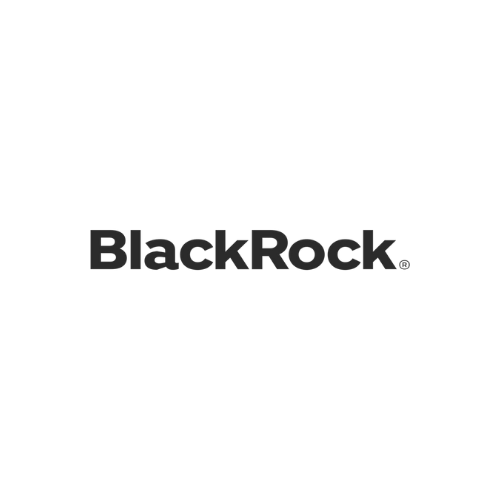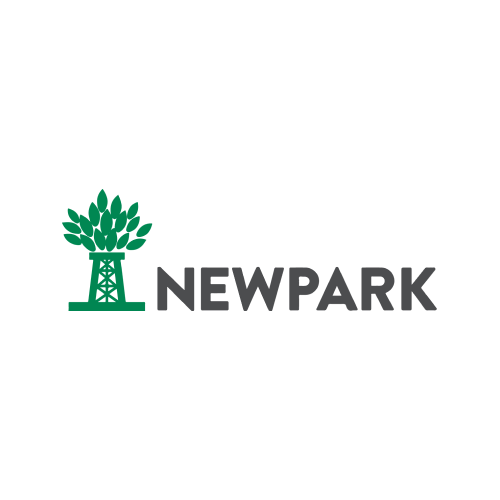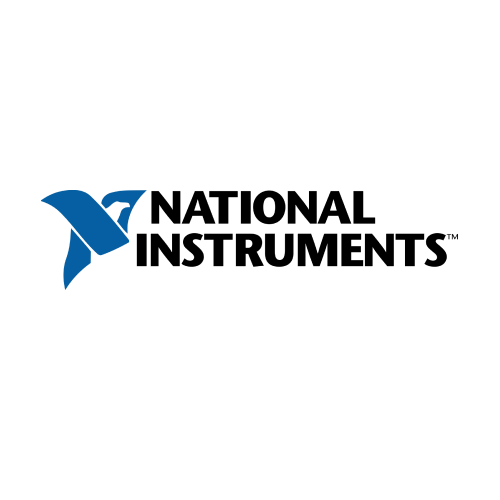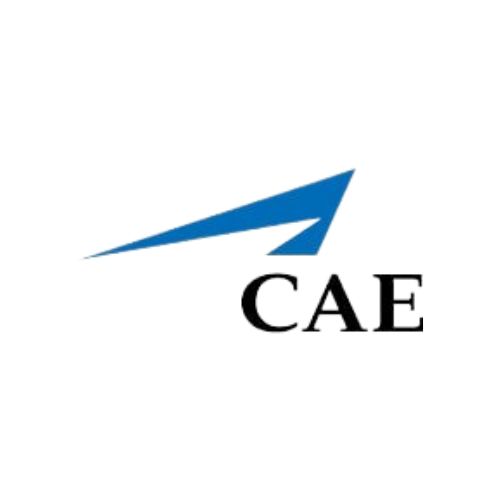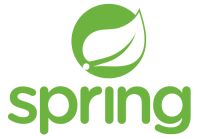Java frameworks to build powerful and modern Java applications in 2023, including Spring, Hibernate, Vaadin and more!
More...
I have put together a list of the most common Java frameworks for you. I hope this description is short, clear, and gives you enough information to be very useful to you.
I have also added links to this blog post that lead to interview questions and answers about Java frameworks. If you want to hire new Java programmers for your project, you might need them.
At the end of the blog post, you can find more information that can help you to get Java developers.
The Popularity of Java
The popularity of Java among other programming languages is shown by the TIOBE index, which is a trusted indicator of the popularity of programming languages. As you can see, Java is decreasing year after year.

Popular Java Frameworks
Java Frameworks | Main area of use | Main strength | Brief Description | Best Features |
|---|---|---|---|---|
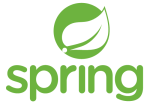 | Enterprise Apps | Dependency Injection | Spring is a Java framework to build enterprise applications, that has tools for dependency injection and more. | Robustness, modularity, integration with other frameworks, support for various data access technologies, excellent documentation |
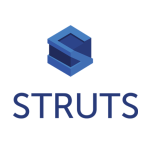 | Web Development | MVC Architecture | Struts is a popular (and a bit legacy) Java framework for developing web applications based on the MVC architecture. | Easy integration, strong community support, built-in validation, and data binding, extensible and customizable |
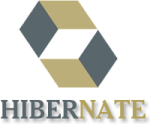 | Data Persistence | Object-Relational Mapping (ORM) | Hibernate is a widely-used Java framework for mapping Java objects to relational databases, simplifying data persistence operations. | Transparent persistence, lazy loading, caching, querying capabilities, database portability |
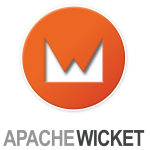 | Web Development | Component-Based | Apache Wicket is a component-based Java framework that focuses on simplicity and reusability of UI components. | Declarative UI programming, easy testing, support for AJAX and event-driven programming, excellent documentation |
 | Web Development | Productivity | Play is a high-productivity Java framework designed for building scalable and fast web applications. | Hot-reloading, stateless architecture, support for reactive programming, integrated testing framework, built-in security |
 | Web Development | Rich UI Components | Vaadin is one of the Java frameworks that are created for building modern web applications with a rich user interface using reusable UI components. | Drag-and-drop UI building, automatic client-server communication, built-in data binding, theming and customization |
 | Web Development | Lightweight | Spark is a lightweight Java framework. It focuses on simplicity and speed, allowing developers to build RESTful services. | Minimal configuration, embedded server, easy testing, fast execution, integration with other Java frameworks |
 | Web Development | Easy Configuration | Dropwizard is a framework for building production-ready web services, that is emphasizing simplicity and easy configuration. | Opinionated yet flexible, seamless integration of different components, built-in metrics and health checks, easy monitoring |
 | Web Development | Full-Stack | JHipster is a full-stack Java framework that combines Spring Boot, Angular, and other technologies for rapid application development. | Code generation, integrated security, microservices architecture, developer-friendly tooling, support for modern front-end frameworks |
Integration | Enterprise Integration | Camel is a powerful integration Java framework for routing and mediation rules, enabling seamless integration between various systems. | Extensive integration capabilities, support for numerous protocols and data formats, flexible routing and transformation rules | |
 | Web Services | RESTful Services | Jersey is a popular Java framework for building RESTful web services in Java, providing an implementation of the JAX-RS specification. | Simple API design, easy resource mapping, support for content negotiation, client and server-side capabilities |
Web Development | Rapid Development | Grails is a dynamic Groovy-based framework that leverages the power of Spring Boot, providing a simplified and rapid development experience. | Convention-over-configuration, seamless integration with Spring ecosystem, built-in support for ORM and testing, extensive plugin ecosystem |
Java Frameworks for Beginners
Java frameworks are essential technologies for modern web and enterprise development. With numerous frameworks to choose from, it can be overwhelming for beginners to know where to start. This section will explore popular Java frameworks and their benefits for beginners.
The first framework to consider is Spring Boot. It is beginner-friendly and simplifies Java web development with features like auto-configuration and starter dependencies. Additionally, Spring Boot is well-supported, with abundant online resources available for help and troubleshooting.

JHipster is another popular choice. It is a full-stack framework that includes everything needed to start Java web development. With features like a user interface generator and integration with Spring Boot and AngularJS, JHipster enables beginners to quickly create feature-rich web applications.
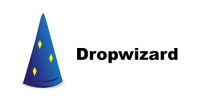
For those who prefer a lightweight option, Dropwizard is worth considering. It is specifically designed for creating simple, production-ready web applications. Dropwizard provides essential components such as a web server, database connector, and templating engine, making it perfect for beginners who want to create straightforward Java web applications.
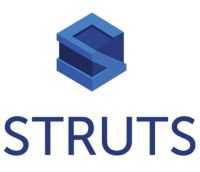
Lastly, Apache Struts is a widely-used open-source framework for Java web applications. It offers features like an action-based programming model and integration with Java EE technologies, making it a versatile choice for feature-rich Java web development.
These are a few of the most popular Java frameworks for beginners. Regardless of the chosen framework, beginners can confidently progress on their journey to becoming Java web developers.
Java Frameworks for Backend
Java offers a range of powerful tools and frameworks for backend development. The most popular ones include Spring, Hibernate, and Struts.

Hibernate is a powerful ORM framework that ensures robustness and high performance for Java applications. It offers features like automatic dirty checking, second-level caching, and query optimization.
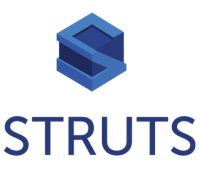
Struts, a widely-used MVC framework, provides a rich set of UI components and an extensive plugin architecture for Java web applications. Companies like Adobe, VMWare, and eBay employ Struts.
These frameworks represent a selection of the most popular options for backend development in Java. Depending on specific requirements, there are many others to choose from. With multiple options available, finding the right framework for any project is attainable.
Java Frameworks for Frontend
There are several Java frameworks available for frontend development. This section will introduce some of the most popular ones.
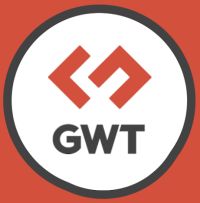
One standout framework is the Google Web Toolkit (GWT), which enables developers to create web applications using Java. GWT compiles Java code into JavaScript, compatible with modern web browsers. High-profile companies such as Google, LinkedIn, and Amazon utilize GWT.

Another popular framework is Vaadin, an open-source option that also allows developers to create web applications using Java. Vaadin uses reusable UI components called widgets, streamlining development and eliminating the need to start from scratch with each new user interface.
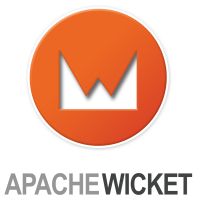
For those seeking a lightweight framework, Wicket is worth considering. Wicket is component-based and simplifies the development of reusable UI components. Wicket applications are built using HTML and CSS, making them easily deployable and maintainable.
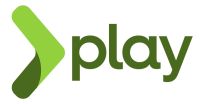
Lastly, the Play framework is tailored for web applications and boasts a lightweight, stateless, web-friendly architecture. With Play, it becomes effortless to build scalable applications that can run on any platform.
These are a few of the most popular Java frameworks for frontend development. Whether in need of a heavyweight or lightweight solution, there is a framework suitable for any development project.
If you Need Java Developers
Do not hesitate if you need Java developers for your project. Contact us and our remote Java developers will assist you. Specify your needs and the Java frameworks expertise required for your project, and we will introduce our senior Java developers to you within 3-10 business days.
Pay only for approved engineering days, at the previously agreed daily rate, and work with our colleagues in US/EU timezone.
LET'S TALK
IF YOU NEED REMOTE JAVA DEVELOPERS
